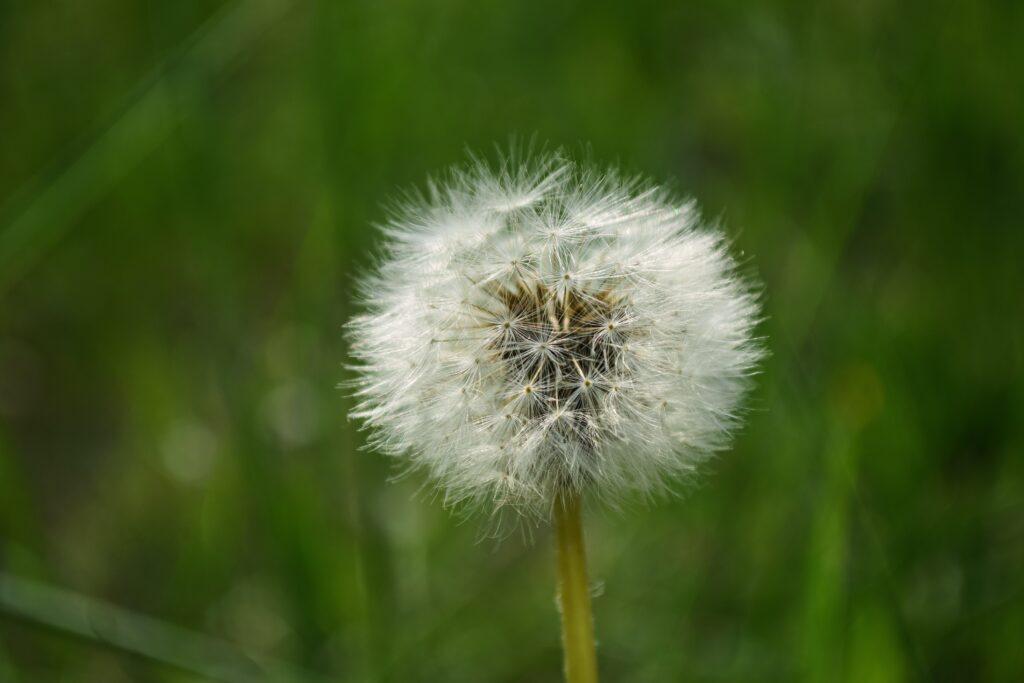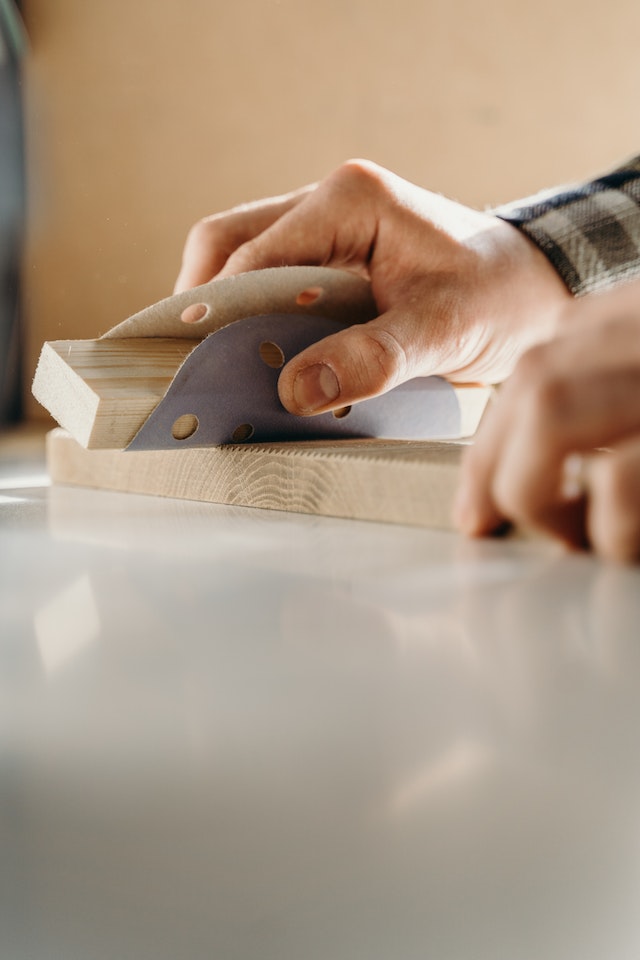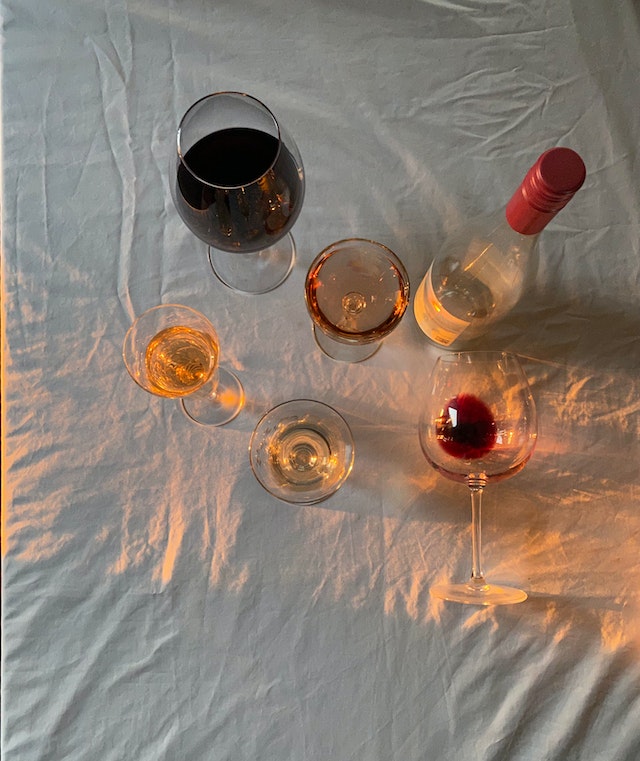lI have discussed the concept of fermentation on several occasions. It is the process by which the yeast consumes the sugar within the grape and converts it to alcohol. There are over 1,000 types of yeast, but in the case of wine making, we are concerned with Saccharomyces cerevisiae. Yeast are actually eukaryotic (having a nucleus) fungi. They reproduce asexually through budding. Without these single celled organisms, we would not have wine.
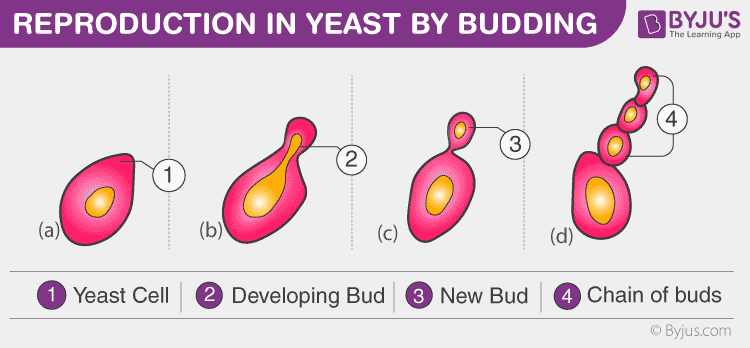
Besides creating the alcohol, yeast play another role in the winemaking process. They are capable of releasing aromatics and flavors as they break down the sugar compounds. These are known as the secondary aromas/flavors. (Primary come from the grape themselves and tertiary come from the aging)
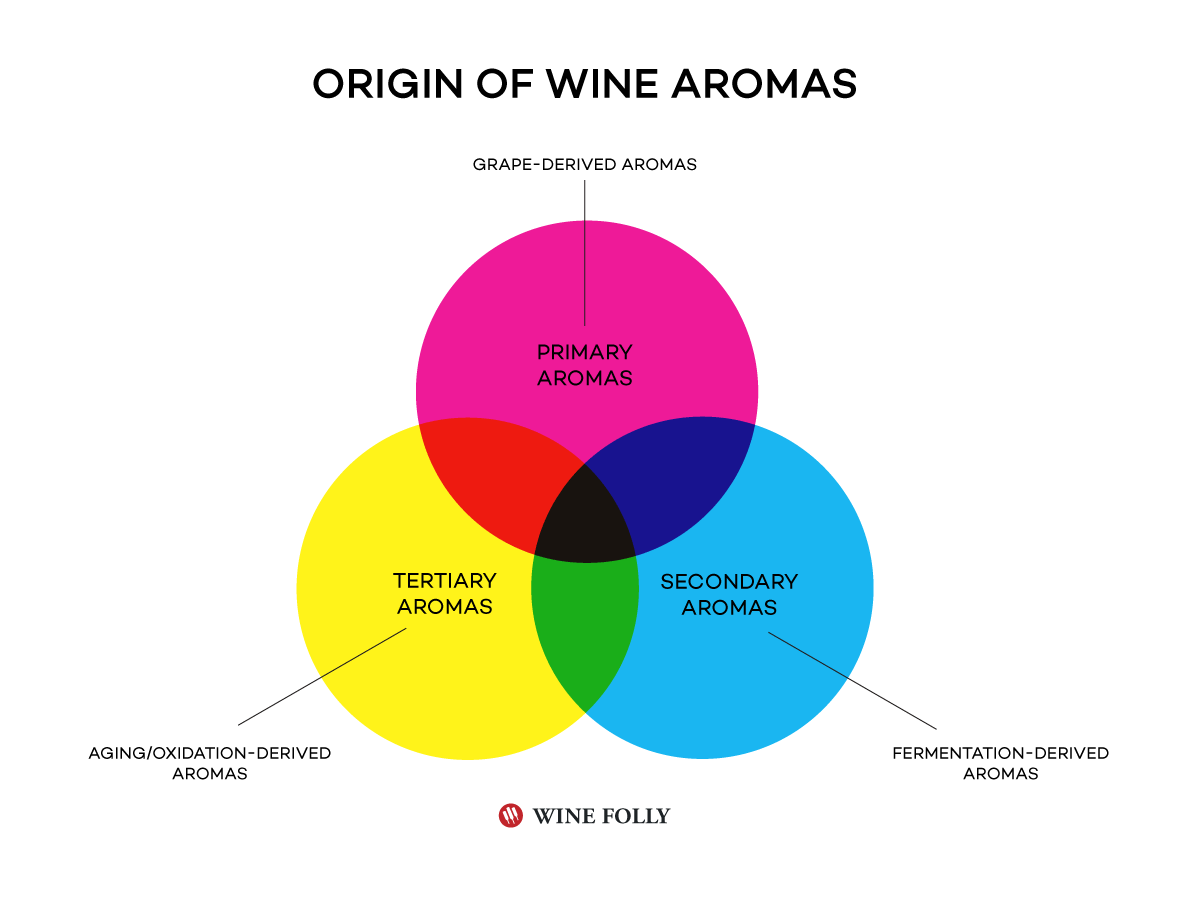
Keeping in mind that each yeast selection has its own metabolism, every yeast is going to break down the sugars differently and release different compounds, resulting in a different aromatic and flavor profile.
Winemakers can choose to use native yeast or commercial yeast. Native or wild yeast is exactly that – found in nature. The winemaker does not add anything. They allow fermentation to occur spontaneously. Unlike natural yeast, cultured yeast is produced in a laboratory and purchased by the winemaker. Prior to the start of fermentation, the winemaker kills off the natural yeast present ensuring that the yeast they are adding becomes the dominant species.
Have you been missing the weekly Exploring the Wine Glass posts? They have moved. Sign up at http://eepurl.com/be49CD to never miss a post. Subscribe to Dracaena Wines’ blog in the sidebar on this page.
Where does native yeast come from? It starts in the vineyard. There are yeasts naturally growing on the grapes. That is why so many quality wine producers harvest super early in the morning. We want the cool temperatures to slow down the fermentation process that can begin as soon as the fruit is harvested. But there is also yeast in a winery; often called house yeast.

Using these wild yeast can be like playing Russian roulette. They may be healthy and effective or they may play a negative role in the winemaking process. Many yeast are super sensitive to alcohol concentration. Using native yeast can easily lead to a stuck fermentation. Also, since it has been shown that yeast are not living on each and every berry, there is less yeast doing the work, resulting in a much slower fermentation process. Which may not necessarily be a bad thing, but if you are limited in space, you may need the fermentation to occur quicker.
A third concern for working with native yeast is that they are “wild.” The winemaker has no way to know what the metabolism is like and therefore no idea what aromatics and flavors will be released. Many say this is what adds the “funkiness” to the wine that they love.
Not to be completely negative about native yeast, there are some positives that result for those same reasons mentioned above. The unpredictability of those aromatics and flavors can lead to a very complex wine. Typically, while the other yeast are consuming the sugar until they begin to die off at the 4% range, other strains of Saccharomyces cerevisiae are colonizing in the background, biding their time. Once they have reproduced enough and the other yeast are weakened from the alcohol, the dominant Saccharomyces cerevisiae typically take over, completing fermentation to dryness and a higher alcohol. But nothing is guaranteed.
Similar to the quote by George Washington Carver who said that a weed is a flower growing in the wrong place. Native yeast is yeast that someone hasn’t yet appreciated enough to mass produce it. Commercial yeast was once wild. The only difference is that someone recognized its characteristics as being positive and cultivated it.
Cultivated yeast tend to be more neutral. The winemaker knows what to expect when choosing it. Some cultures are varietal specific. Winemakers are in more control when using a cultured yeast. We start the fermentation process when we want it to begin, unlike wild yeast that have a “mind” of their own.
Depending on the wine we are making, different yeasts can be chosen. For example, RC-212 Red Wine yeast variety is designed for fuller bodied red wines. It is designed to emphasize fruit and spice notes. Whereas, if someone is producing a sparkling wine, or a crisp, higher acidic white wine, they may choose CL23 Saccharomyces Bavanus.
In the end it comes down to the winemaking style. What is the winemaker looking to create? Are they willing to enter the fermentation process with several what ifs? Or are they more comfortable holding the reins tight and knowing what lies in the future? Do you have a preference?
~Slàinte!
Please follow us on Instagram, Twitter, Facebook and Youtube.
